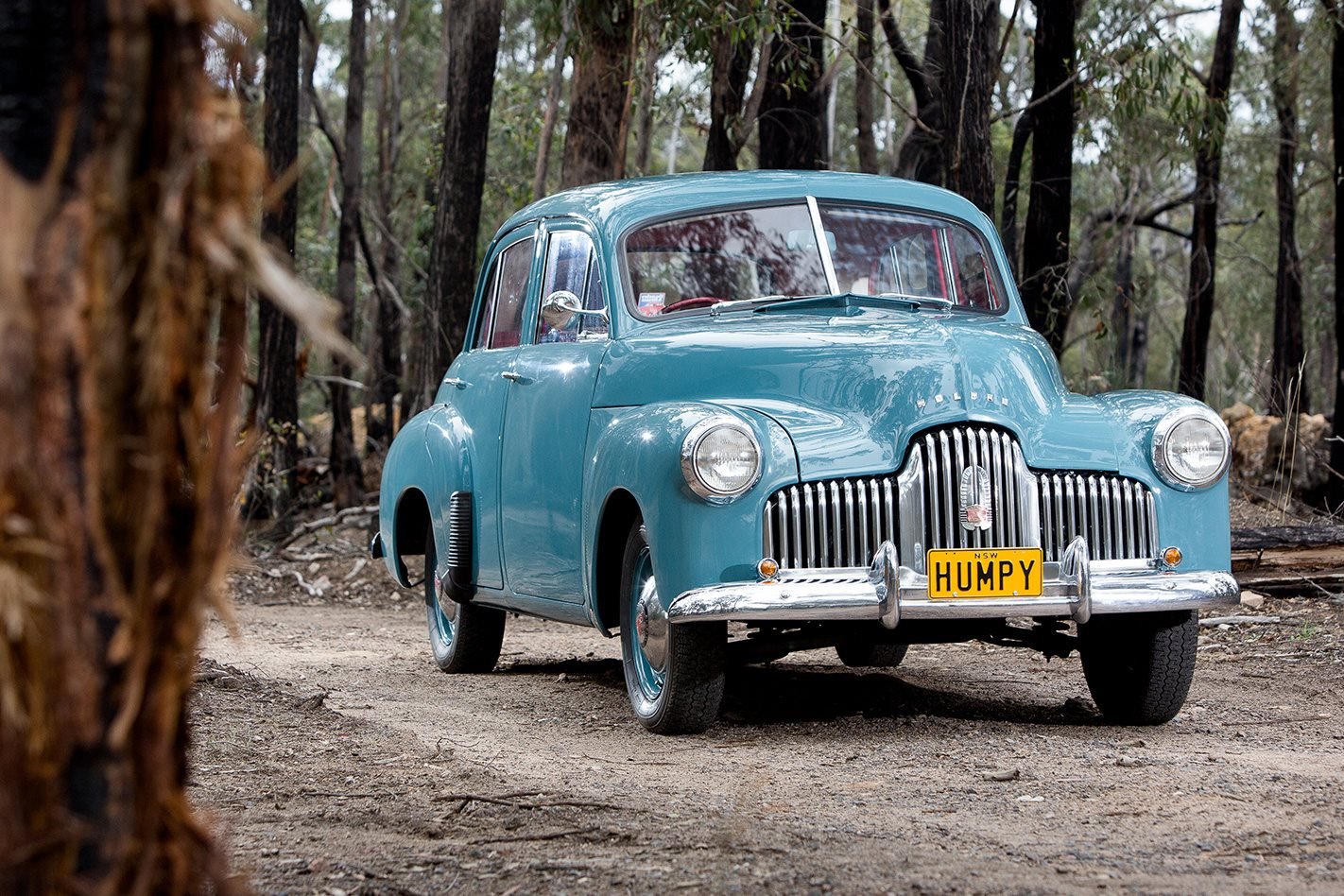MUCH LIKE there’s two sides to every argument, ‘significance’ can be a subjective thing. So choosing 10 Aussie-made Holden models that really mattered was always going to have inevitable casualties.
In almost every instance, you could argue there was better to come as each generation matured into a more polished and sophisticated version of the original. For example, there wouldn’t be a person on this earth who thought Holden’s airbag-equipped VR Commodore of 1993 wasn’t a vast improvement over the ’88 VN, but it was the big-selling VN that saved Fishermans Bend’s bacon, at exactly the right time.
Same applies to the first 48-215 of ’48. The final ’53 model was definitely better than the first, thanks to modern telescopic front dampers replacing antiquated lever-arm units, yet it’s the first Holden’s flamboyant FJ facelift that truly became a post-war icon. Richard Ferlazzo created the FJ-inspired ‘Efijy’ concept car for that very reason. Then there’s the ‘if onlys’: imagine how great the beautiful HQ could’ve been had it been gifted the suspension smarts of the RTS-equipped HZ. Or the VB Commodore with modern engines.
Or the EH with the HR’s ball-joint front end and optional disc brakes. But none of that applies to the final locally made Holdens. The VFII Commodore SS-V Redline and HSV’s supercharged V8 beasts are irrefutably the last, and by far the finest. Lest we forget.
10. LX Torana Sunbird
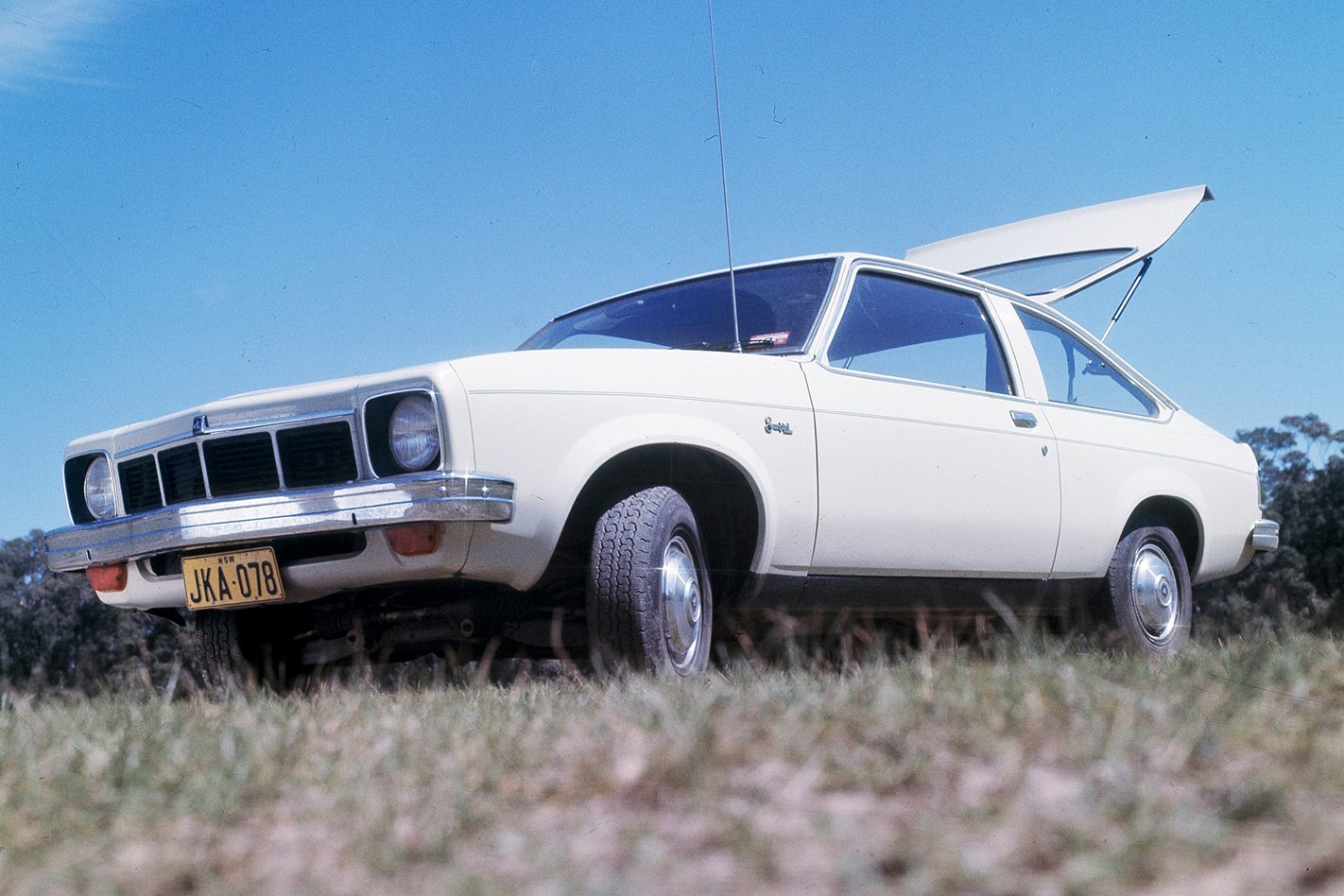
It was a tough call between including this – essentially a humble facelift of the LX Torana 1900 – and 1969’s COTY-winning LC Torana, which single-handedly created the ‘compact six’ category. But if you consider the significance of the LX Sunbird’s legacy, then this, the first Holden to boast Radial Tuned Suspension (RTS), packs a dynamic punch that resonates in Holden’s best products to this day.
Masterminded by MD Chuck Chapman, chief engineer Joe Whitesell, and ex-Opel engineer Peter Hanenberger, the up-to-date kinematic approach of Radial Tuned Suspension (RTS) quickly transformed Holden’s entire range. The Sunbird was first (accompanied by actual press pics comparing its flat, balanced handling to the rolling, understeering mess of its Torana 1900 predecessor), followed by the entire LX Torana line-up, an updated TC Gemini, and, most spectacularly, the full-size HZ range in late-’77. And then a comprehensive second stage in 1978.
Some models were easier to make over than others. Being of European descent, the original TX Gemini’s lack of anti-roll bars and rubbish cross-ply tyres simply suppressed the T-car’s dormant dynamic goodness, whereas the Torana and Kingswood/Premier/Statesman required extensive hardware alterations to achieve the suspension geometry necessary for dynamic finesse. No such problems for the late-’78 VB Commodore, though, which became Holden’s poster child for the ride, handling and steering benefits of Radial Tuned Suspension.
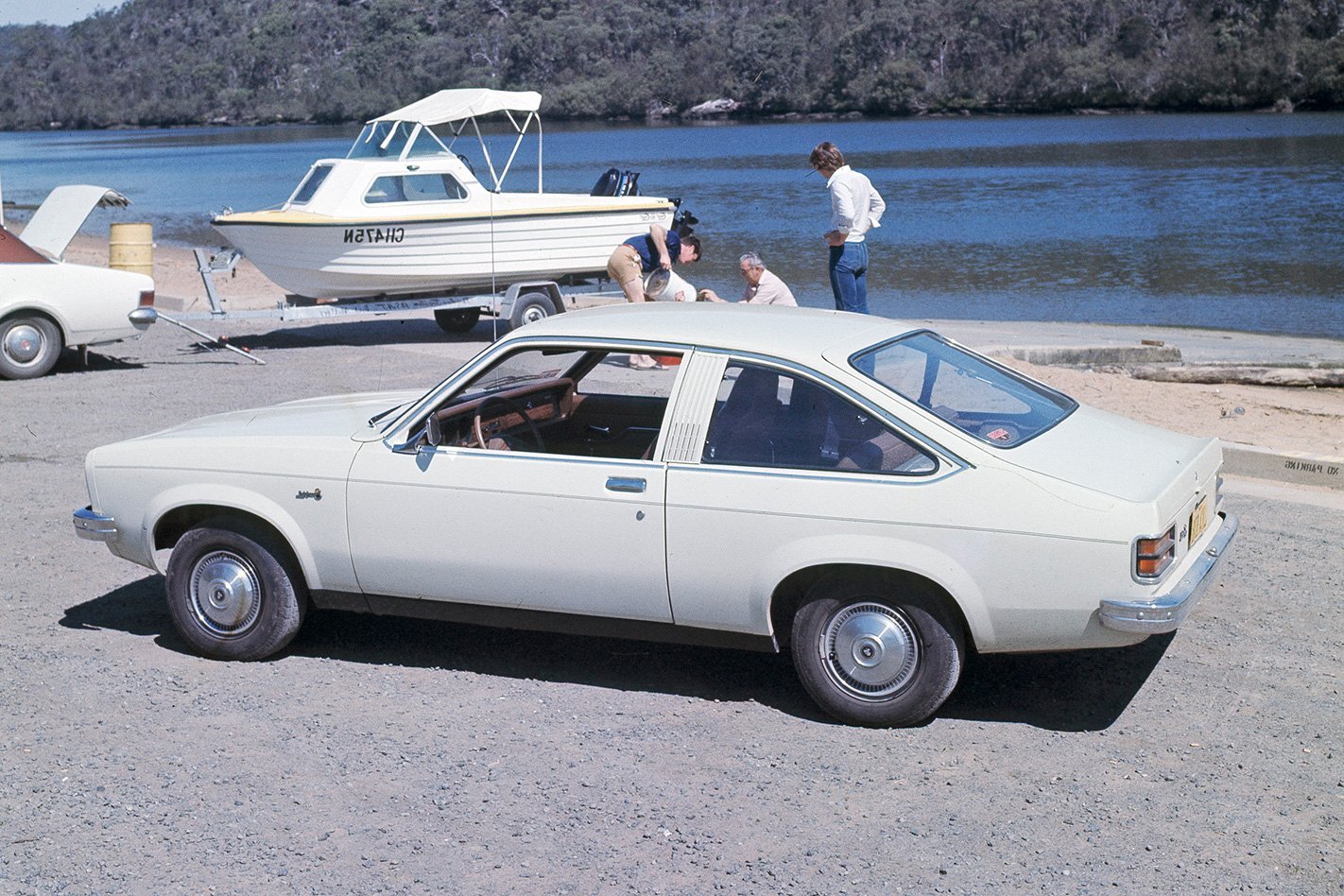
Yet, Holden wasn’t the first GM brand to offer RTS. The marketing term was actually coined by Pontiac in the US for its 1974 model range, trumpeting standard radial-construction tyres, and a marketing term is what it eventually became for Holdens, too, on imported wannabes like the first Japanese-built Barina. But its core dynamic DNA lives on today.
As for the Sunbird, besides the glimmer of its handling and steering superiority, and its oh-so-’70s nameplate reeking of Reef Tan, it has become merely a distant age spot on a craggy, sun-damaged era that is now long gone.
9. VN Commodore
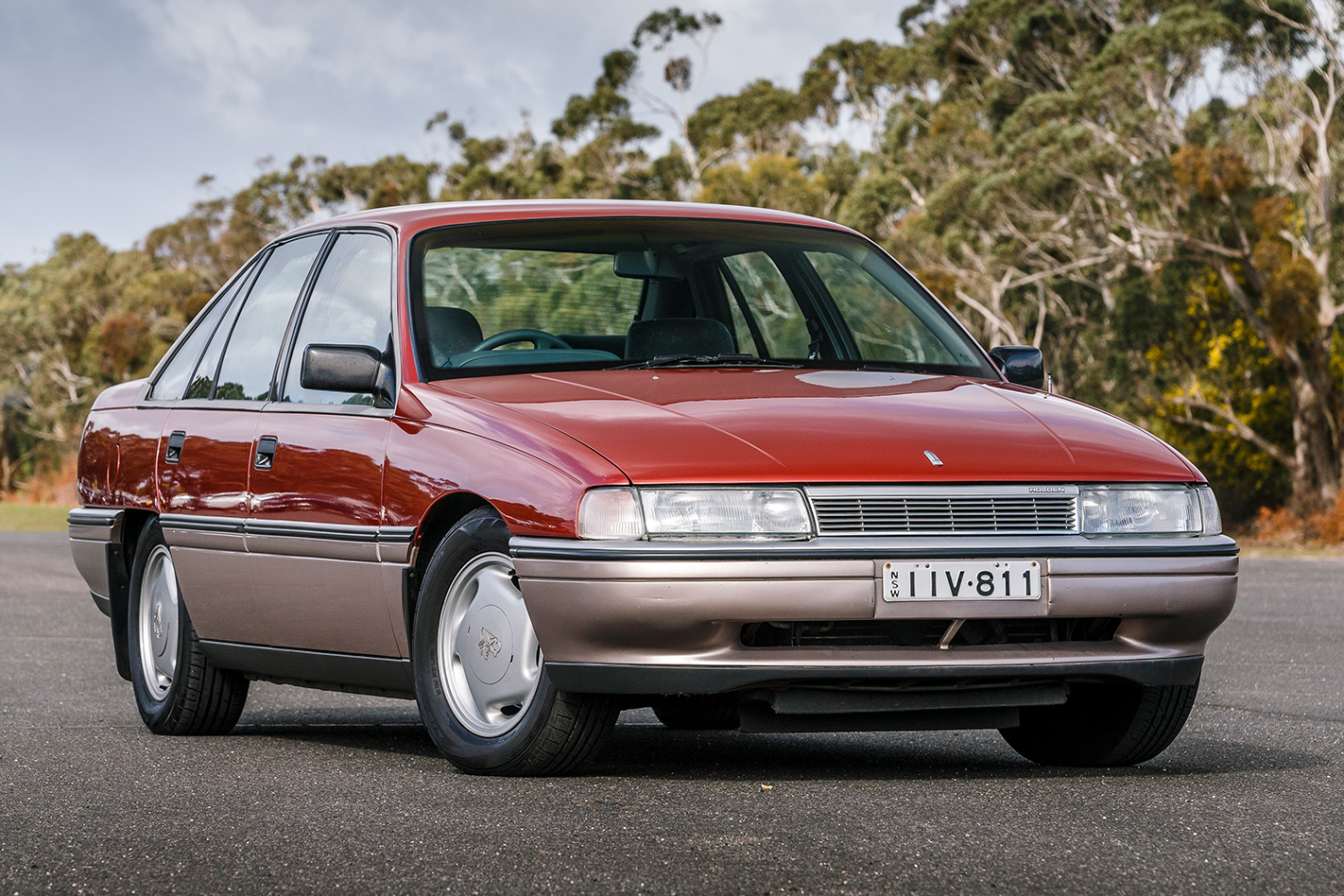
On the back of the almost cult-like following for the sweetly powered VL (which sold strongly to private buyers but was deemed too small for proper fleet volume), the wide-bodied VN instantly made an impact, knocking the Falcon off its number-one-selling perch for the first time since 1982.
But what is more remarkable is that the VN’s success was born out of Holden’s near-bankruptcy – and subsequent $700 million bail-out by GM in 1986. Left with having to stretch the least amount of development coin the farthest it could, Holden managed to engineer the revival of its evergreen 5.0-litre V8 with multi-point fuel injection (1989), the return of long-wheelbase luxury models (VQ Statesman and Caprice in 1990), and a first-ever Commodore Ute (the VG in 1990), all of which managed to save the company.
Part of Holden’s cost-cutting involved axing the VL’s much-loved overhead-cam Nissan sixes for a cheaper, US-sourced, all-iron, 3.8-litre pushrod V6 whose 90-degree vee angle hinted at the undesirable vibes this engine would produce. But boy was it effective.
Mega torque – 92 percent of maximum from just above idle – and the VN’s light weight meant that a base Executive auto could crack a high-15 for the standing 400m, while delivering unexpected fuel efficiency.
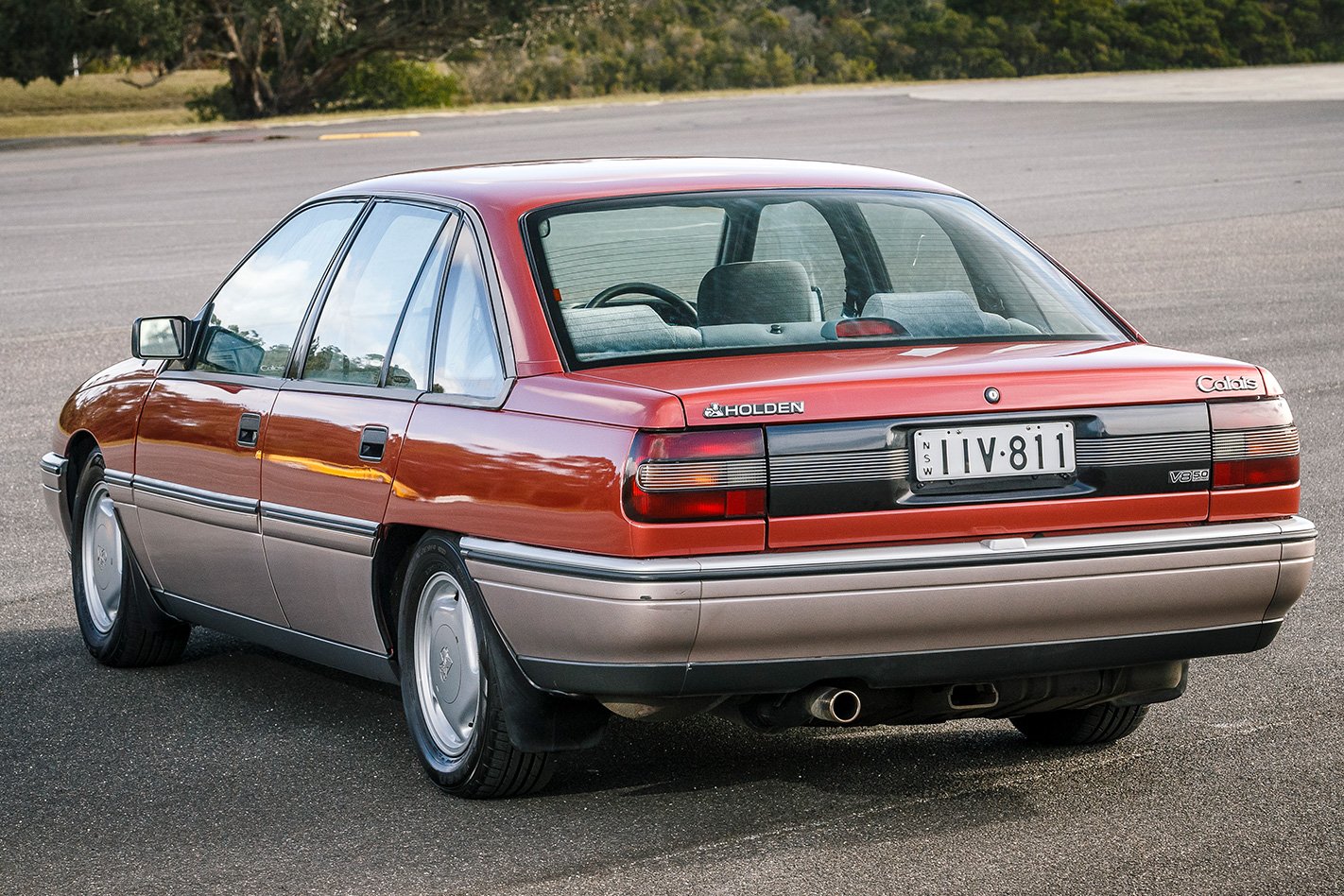
But with a narrow front track carried over from VL, the VN looked almost knock-kneed when wearing 14-inch steelies. And while contemporary testers praised its dynamic responsiveness, it could also feel nervous, especially with all that torque being channelled through a live rear axle.
A worn VN is not a pleasant thing to drive, and that’s how most ended their lives – driven into the ground, as gravity exerted its unforgiving forces on seat trims and headlinings. But the VN’s significance as a milestone model, and its success against its opposite Blue Oval number can’t be ignored.
8. HK Monaro
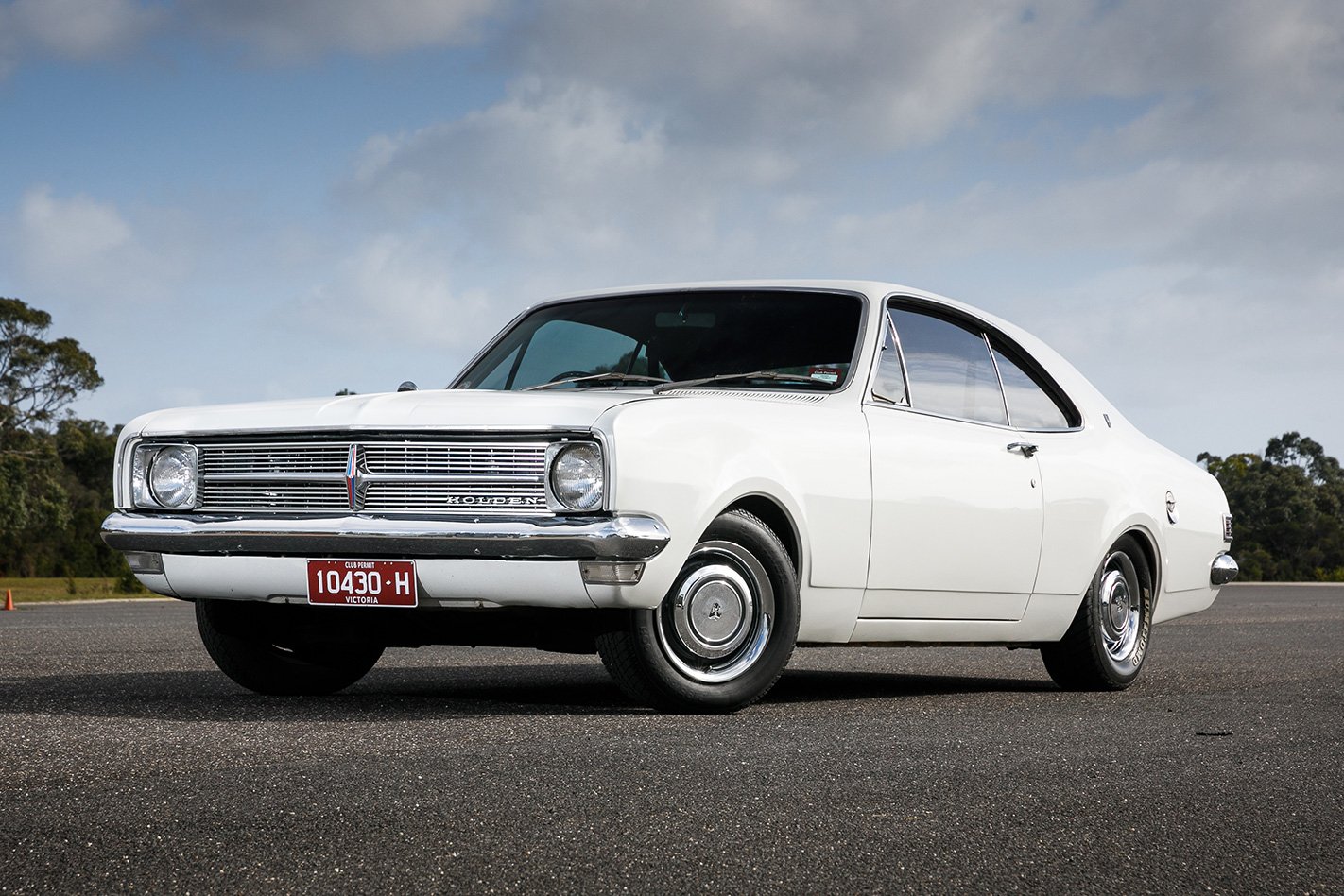
Introduced as the ‘Swinging Sixties’ mood progressively infected the western world, the HK Monaro coupe was almost an anti-Holden.
Just a year earlier, Holden’s line-up included the conservatively competent six-cylinder HR Holden Special and Premier, and the Vauxhall Viva-replacing HB Torana, but in much the same way that 1968 played out across the globe, the year of revolution saw exactly that happening in Holden’s Australian dealerships.
Inspired by the pillarless-coupe style of its international GM stablemates (particularly the Opel Commodore coupe), the HK Monaro was a watershed moment for Holden, specifically the flagship GTS 327.
Here was a four-barrel 5.3-litre Chevrolet V8 punching out 250hp (186kW) tied to a four-on-the-floor, with red-banded ‘D70 Nylon high-speed’ tyres, track-honed suspension, and, after the long weekend in October ’68, a Bathurst endurance win under its belt. The V8 Monaro range-topper kick-started a lion-badged muscle-car lineage that remains overwhelmingly active in today’s bent-eight Commodores and HSVs.
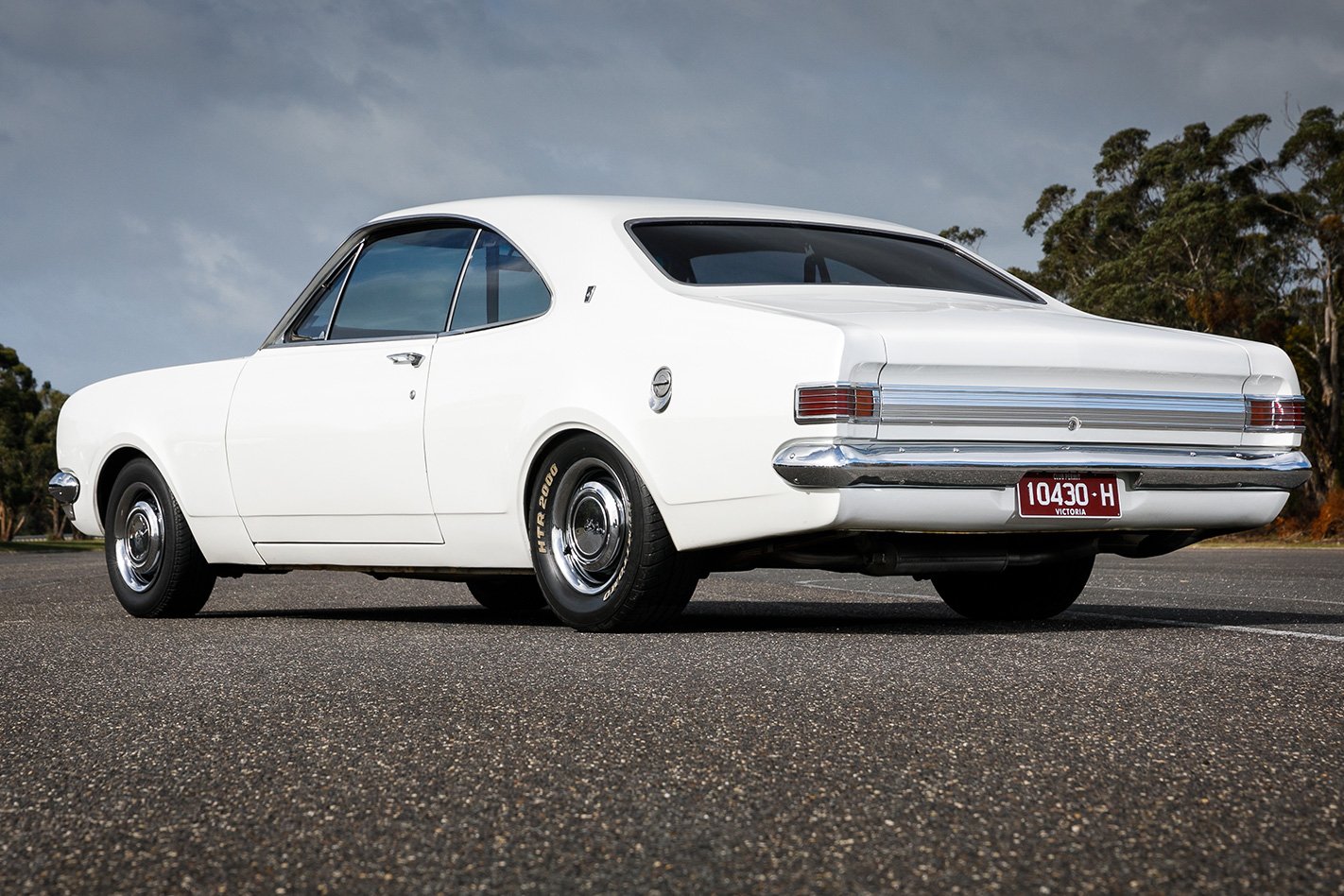
Of course, not every HK Monaro was a Bathurst winner. The base car was simply called Monaro and, beautifully athletic form aside, had little going for it in terms of sporting abilities. A small 161ci (2.6-litre) six and three-on-the-tree manual ’box without synchro’ on first, drum brakes, no radio, no heater – this was a blank canvas awaiting some creativity with Holden’s freshly burgeoning options list. But in traffic-stopping Warwick Yellow, with that aluminium rear bootlid garnish gleaming in red reflector tape, the GTS 327 was a true halo car.
And so this elegantly formed coupe lineage continued into the ’69 HT and ’70 HG Monaros, each offering improved refinement, brighter colours, and more muscular engines. It was Holden at its most ambitious, closing out the ’60s with all the visual flair and brashness of an Aussie fashion model done good.
7. EH Holden
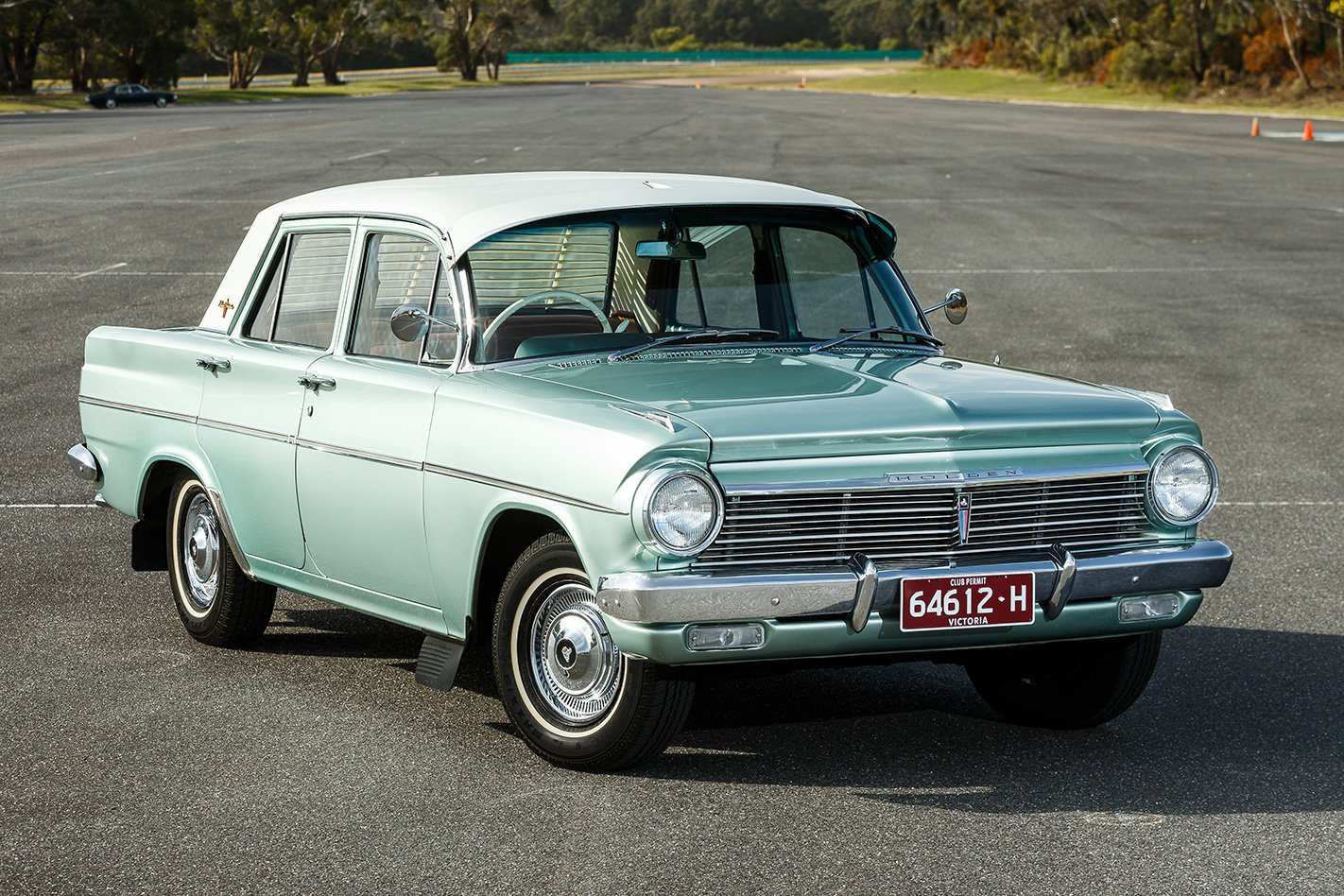
THE ‘power race’ began late at Holden – August 1963 – and it was signified by a chequered-flag ‘179’ badge attached to the rear end of the new EH Holden.
Under the EH’s sharp-edged bonnet sat an all-new, all-Australian ‘red’ straight-six, its block and rocker cover resplendent in the same hue that graced its title. While a red-painted, single-carburettor engine available in relatively modest 2.4- and 2.9-litre capacities might seem about as racy as a neck-to-knee swimsuit, compared to the EH’s bodily related predecessor, the 1962 EJ, having a top donk punch out 115hp (86kW) was massive news. The feeble EJ could only manage 75hp (56kW) from its 2.3-litre ‘grey’ six.
Light in weight, and with further development future-proofed into its design (think triple-carby LJ Torana GTR XU-1 or fuel-injected VK Commodore), the red six transformed the EH. Holden even produced a limited-run 179 S4 version for racing duties, though even with sintered-metallic brake linings, the desperation of the EH’s four-wheel unassisted drums quickly put paid to any serious sporting aspirations.
The irony with the EH, however, is that its styling wasn’t really Australian at all. The Yanks had already heavily altered early proposals for the ’62 EJ, and when it came to facelift time, the job was completed entirely in Detroit.
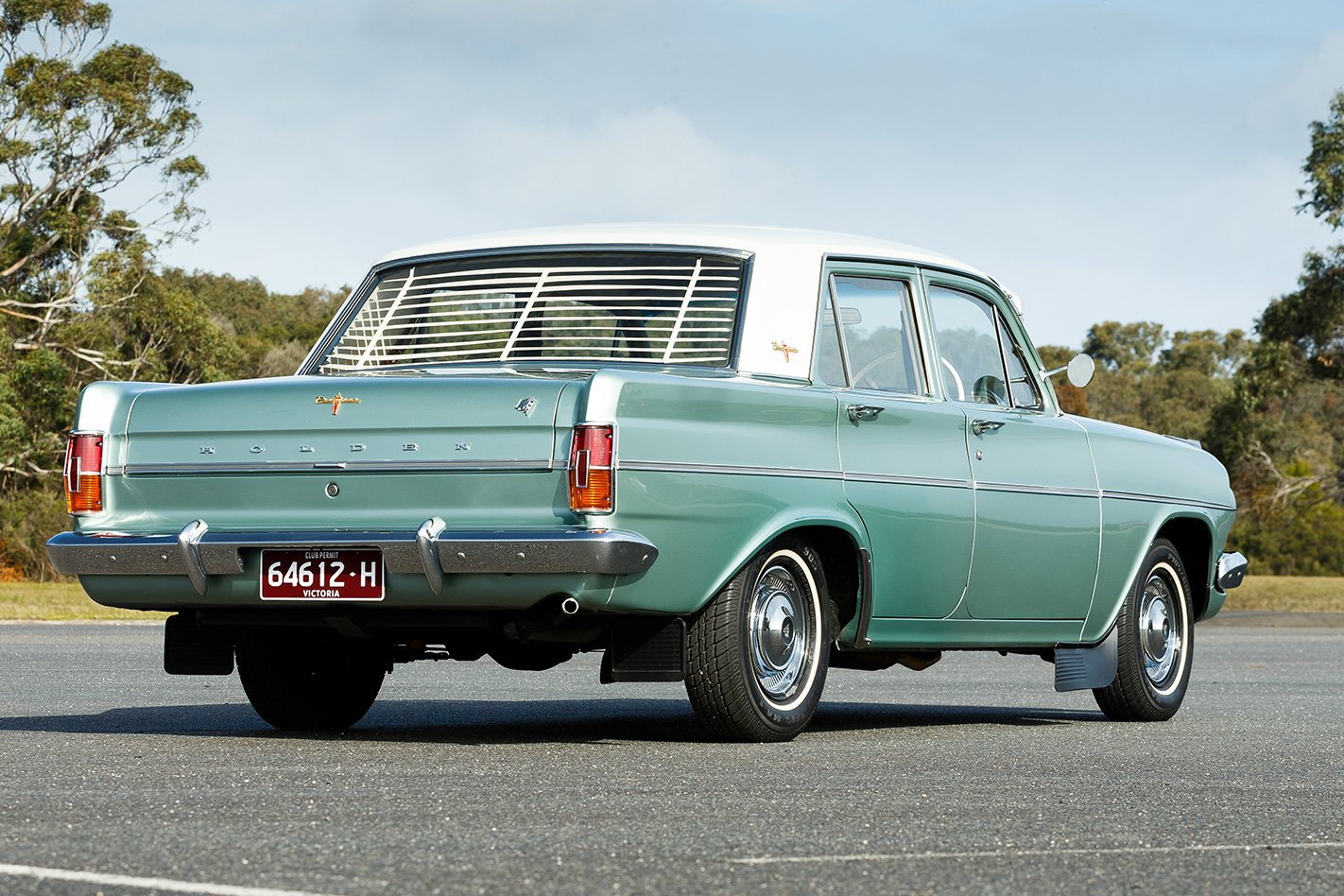
The EH simply appeared at Fishermans Bend in a crate, its crisp edges and more cohesive look in total contrast to the EJ’s blobby rear lights and droopy tail … but only if you bought the EH sedan or wagon. As was common practice at the time, the utility and panel van retained the EJ’s back end and simply copped the EH’s new nose.
6. VT Commodore
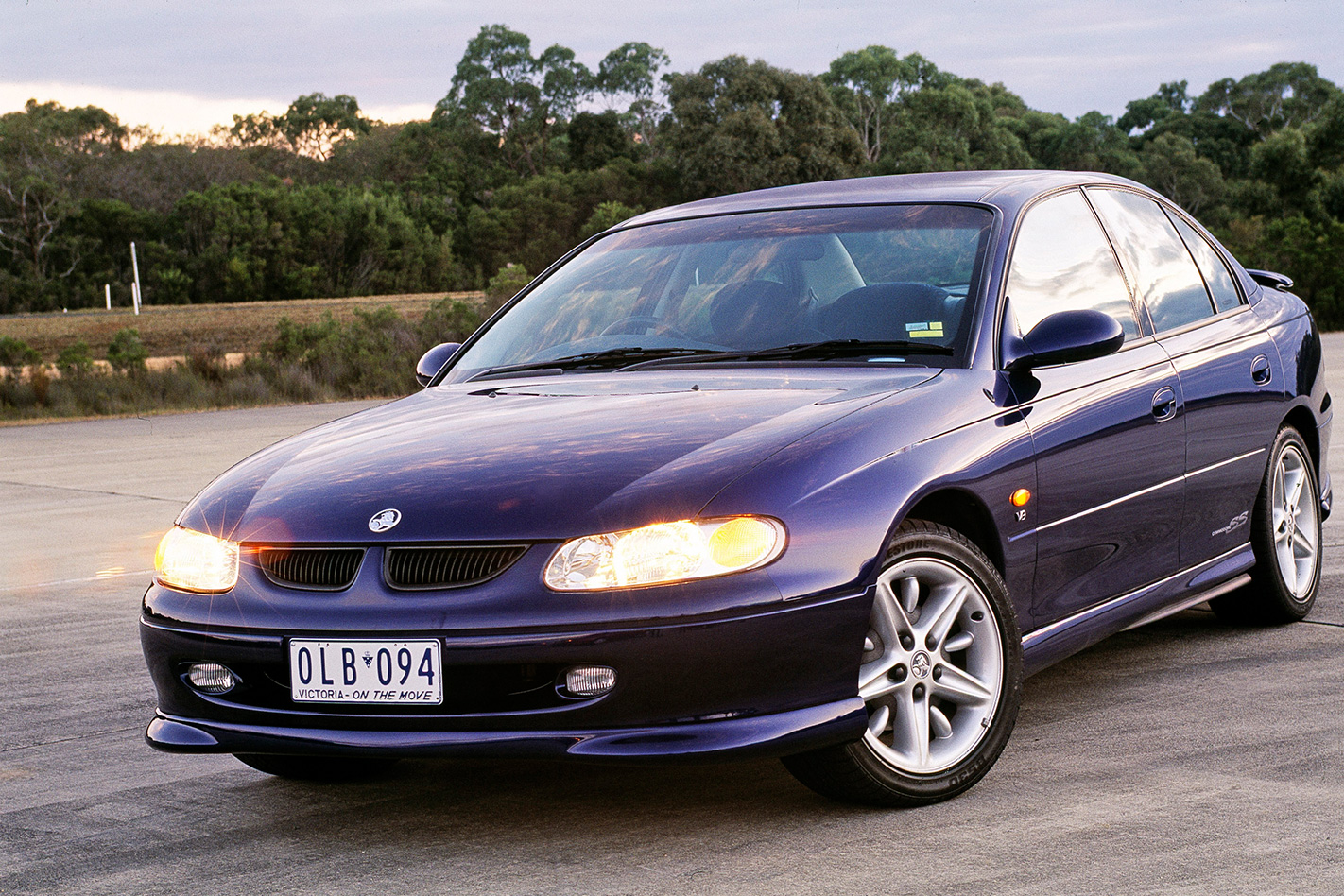
THE VT was the most successful Commodore of all time, not only because it set the sales charts ablaze like no Holden since the HQ, but because it sired a vast model range featuring some of the greatest lion-badged cars ever.
At the top of that list sits HSV’s brilliant VTII GTS (2000) – a Callaway-engined 5.7-litre V8 muscle sedan producing a then unheard-of 300kW (more than a contemporary E39 BMW M5) and packing a level of sophistication like no fast Holden before it.
The svelte V2 Monaro (green-lit thanks to the uproarious reaction to Holden’s 1998 Sydney Motor Show ‘Coupe Concept’), also owed its provenance to the VT, offering Aussies a home-grown two-door for the first time since the late-70s. And the variants kept coming. Beyond the long-wheelbase WH Statesman/Caprice (1999) came a new-generation Ute (the VU in 2000), its four-door relative (the Crewman, in 2003), a separate-chassis One Tonner Ute (2003), and the Adventra AWD wagon (2003).
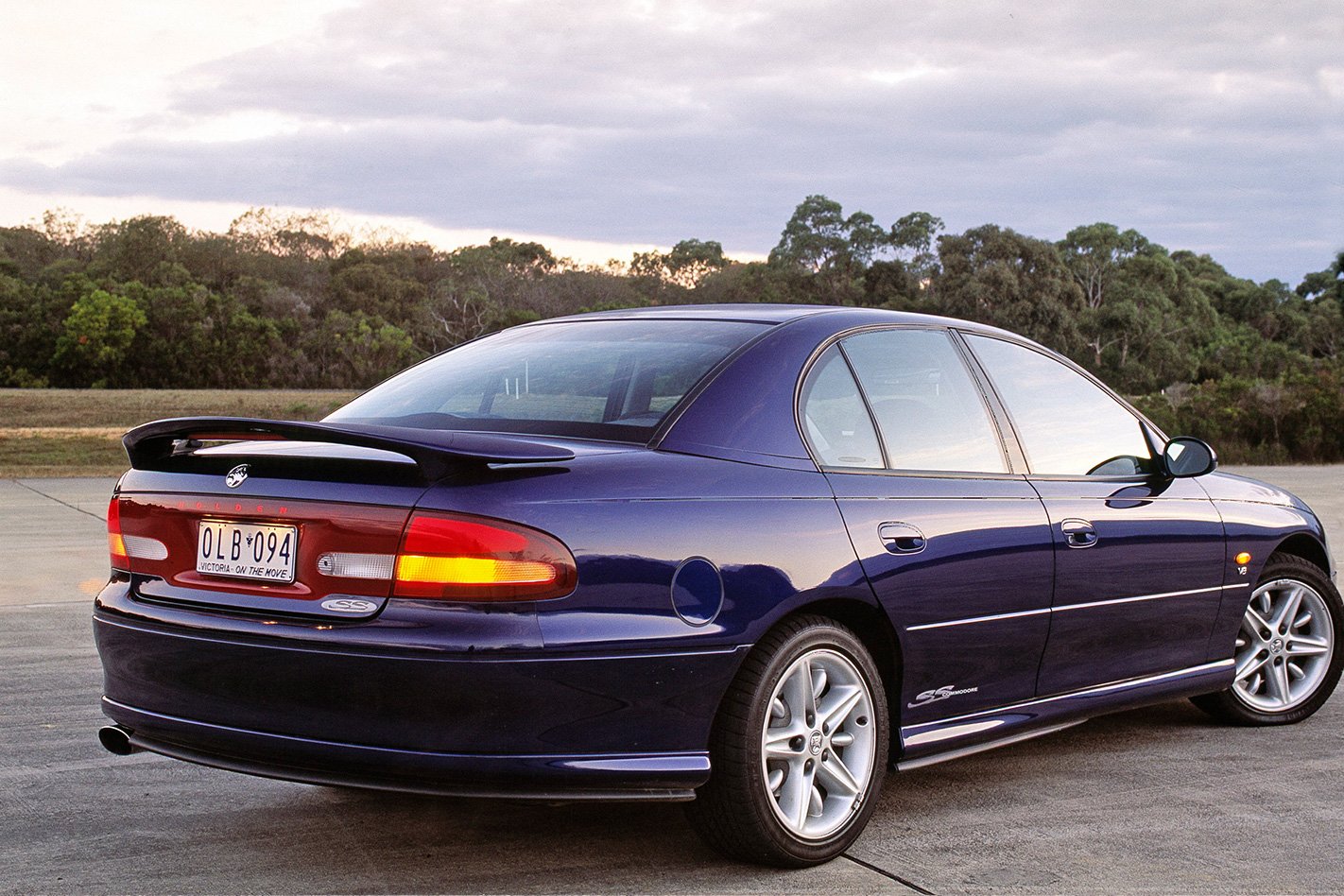
The VT and its offshoots were also an export hit. The VT went to the Middle East, South Africa, and Brazil, while the Arabs loved the V8-engined long-wheelbase WH sedan – badged as the Chevrolet Caprice for left-hook consumption.
But it was the VT’s absolute domination in its home market that put Holden on a path towards (brief) market leadership and an all-time sales record. In the VT’s first full year on sale, Holden sold a staggering 94,642 examples of its muscular new baby, with some months during the VT’s three-year tenure topping the 9000-unit mark. In comparison, Ford’s AU Falcon was barely an also-ran.
5. HQ Holden
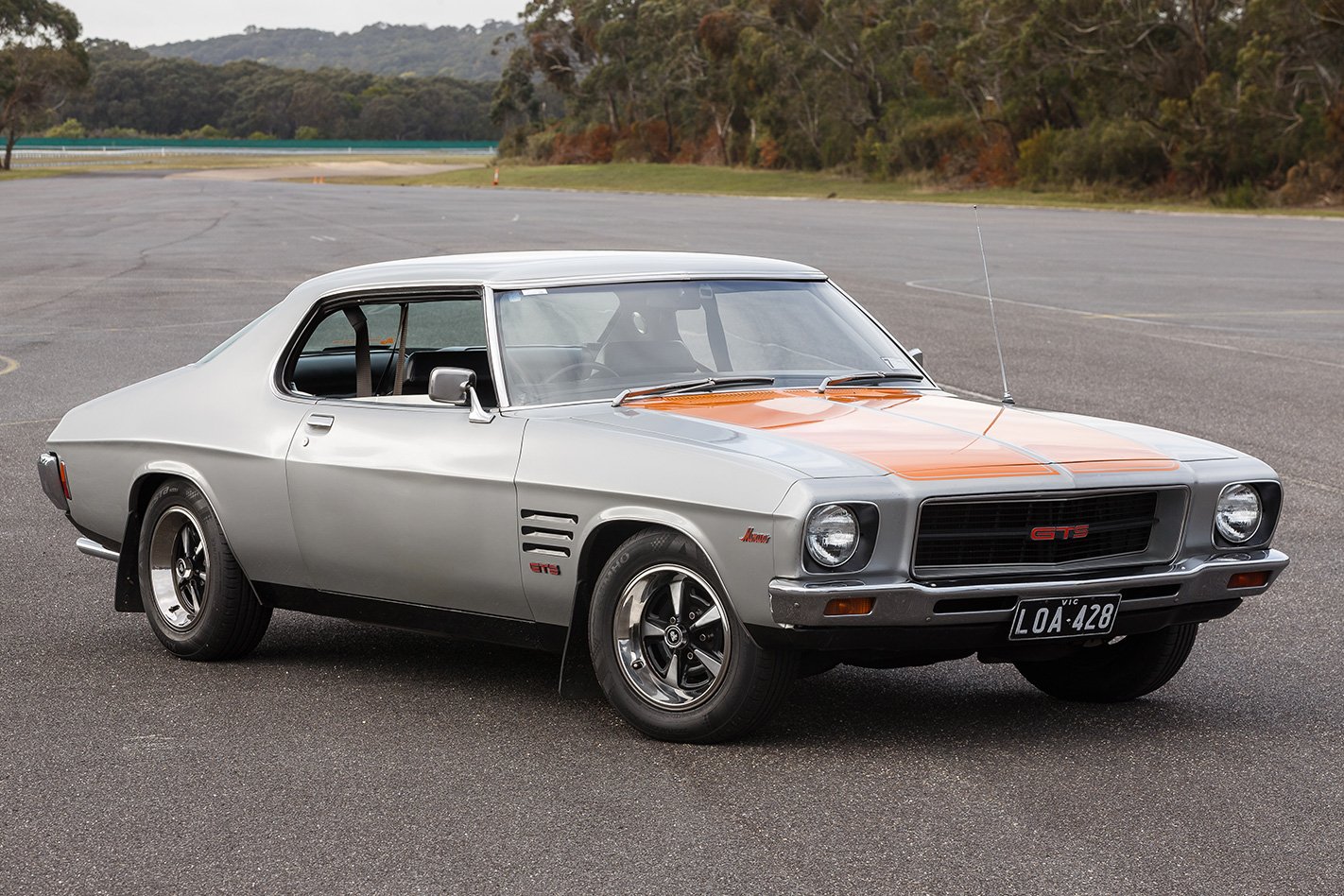
Arguably Australia’s greatest styling success, the HQ was more things to more people than any local product ever made. From a basic 173ci (2.8-litre) Belmont utility with drum brakes, a bench seat, and not even door armrests, to a lavishly equipped Statesman DeVille long-wheelbase sedan with a 350ci (5.7-litre) Chevrolet V8 burbling out front, the HQ mastered range diversity like no other.
In just over three years, Holden built 517,614 HQs (if you include all body variants – not the 485,650 regular-line sedans and wagons so often quoted), making it the biggest-selling Aussie car of all time. And those variants included short- and long-wheelbase sedans, a long-wheelbase wagon, a coupe, a panel van, a utility, and even a one-tonne utility, as well as Australia’s first limited-run, package-value models. Think Vacationer (’72), SS (’72), and Sandman (’74).
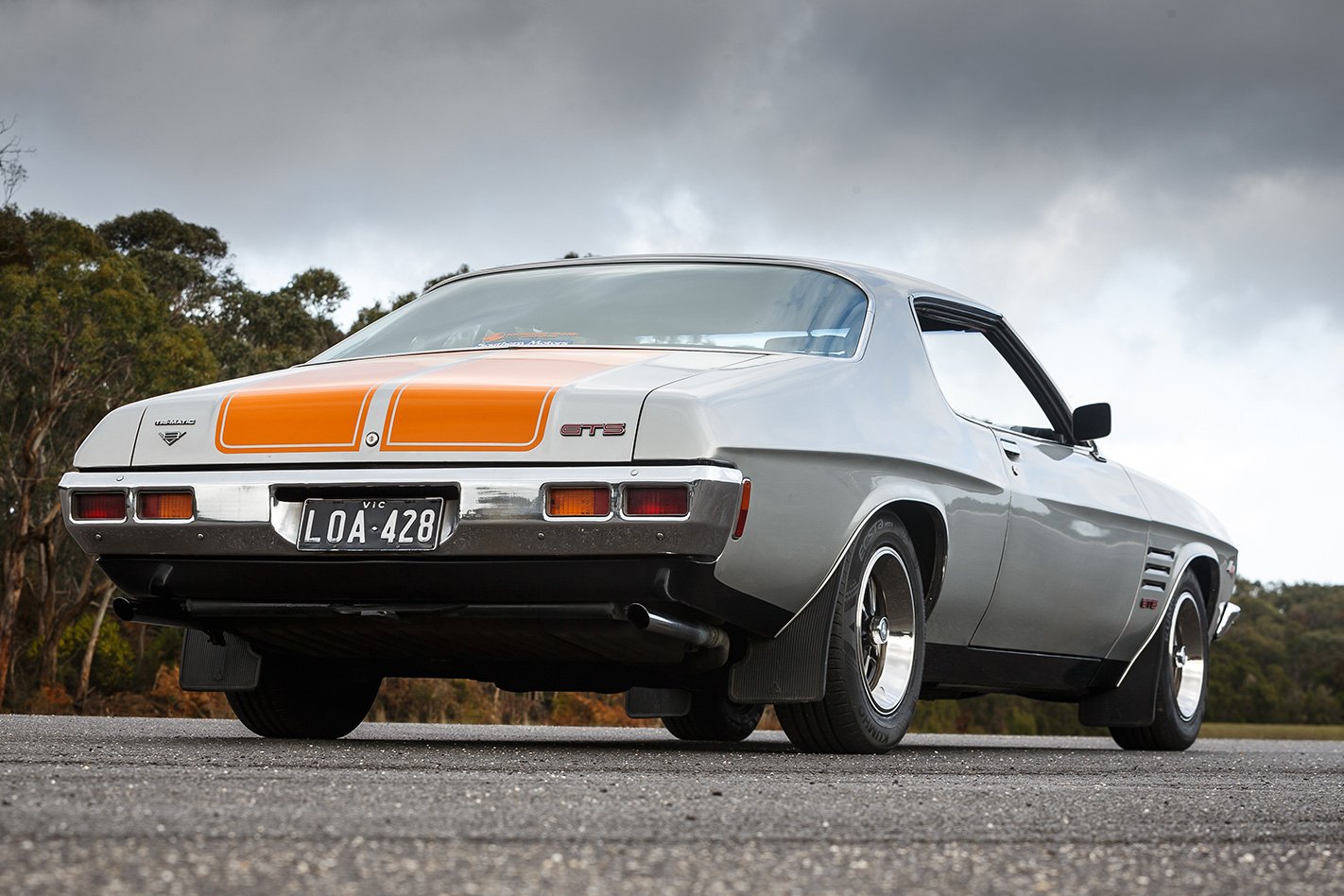
Cherry-picking the best styling cues from GM’s impressive late-60s line-up, the HQ’s beauty encompassed subtly blistered guards over each wheel, the world’s thinnest A-pillars for outstanding forward vision (if perhaps not roll-over protection), and a stunningly elegant Monaro coupe. It was also incredibly strong, incorporating a monocoque body design, like every Holden since the 1948 original, with an additional sub-frame that spanned the front half of the underbody. Needless to say, with the inclusion of a coil-sprung rear end, the HQ effortlessly devoured Australia’s punishing dirt roads.
But its handling on bitumen was less convincing and its recirculating-ball steering (with a oval-shaped wheel on most models) was notoriously heavy if the finger-light power assistance wasn’t fitted. Its front seats were also rubbish – too low and flat, necessitating alterations after barely a year – and having gained a substantial amount of weight through its robust safety engineering, the performance of six-pot HQs was adequate at best.
But look at all that beauty.
4. HSV Gen-F
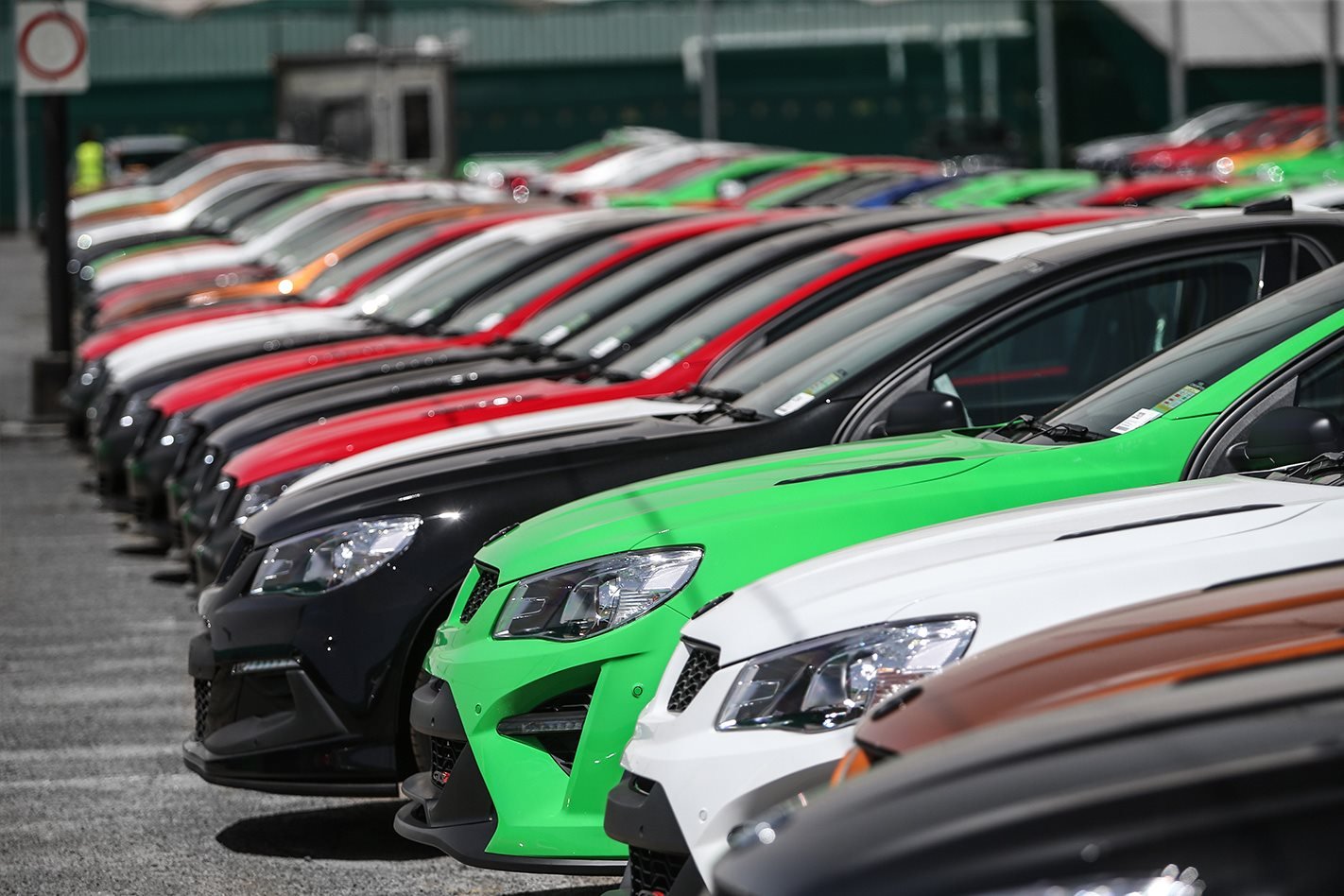
Ford’s 1971 XY Falcon GT-HO Phase III remains the most collectable Aussie muscle-car of all time, but it has little hope of matching today’s outgoing HSV line-up for sheer excellence in comparison to its contemporaries.
HSV’s Stephen Bradbury-like lunge to the finish line began with the Gen-F range in 2013, headlined by the newly supercharged 430kW/740Nm GTS featuring a significantly beefed-up rear-end from the Chevy Camaro ZL1 to harness all the newfound grunt pumping through the Commodore’s sticky rear Continentals. Dollar for dollar, it was a better car than Mercedes-Benz’s E63 S AMG of the time, if you could overlook the odd bit of ‘creative’ build quality inside the GTS’s sumptuously comfortable interior.
In fact, that’s the thing about these big-wheeled HSVs with magnetic dampers – they ride. And since the across-the-board fitment of superchargers in 2016, there isn’t a single one that doesn’t seriously perform either.
The old naturally aspirated LS3 V8 had its fans, but unless you were revving it hard, the atmo 6.2 had little hope of rising to the heights of its blown LSA replacement. Given a decent launch surface, just about anyone could extract a mid-to-high 12sec standing 400m number from an LSA auto sedan. And then there’s its cornering talent. For such a big unit generally weighing in excess of 1800kg, the Gen-F is a consummate dynamic wonder, even on punishing racetracks like Phillip Island.
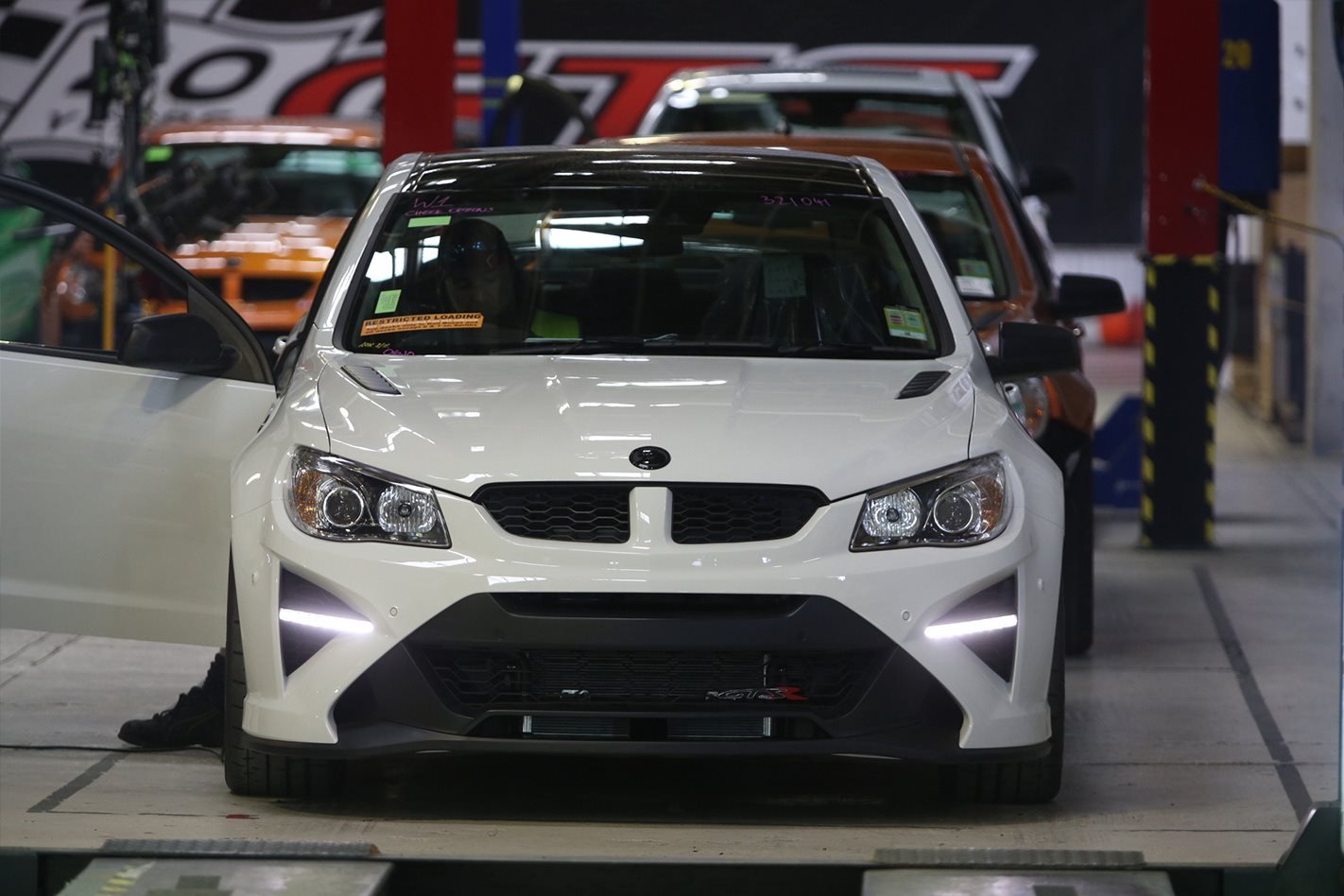
Which brings us to the last, and arguably the best, HSV of all time – the Gen-F2 GTS-R W1. Costing more than any other ($170K, and rising, given the current state of second-hand values), with more grunt than any other (474kW/815Nm), and even its own transmission ratios and suspension set-up, it’s the celebratory finale that bent-eight Holdens deserved.
Most will probably never leave the confines of their spotlessly clean garages, and the W1’s Supashock dampers are about as forgiving as either side of the marriage-equality debate, but as the pinnacle of Aussie automotive engineering, it will remain unchallenged for eternity.
3. VB Commodore
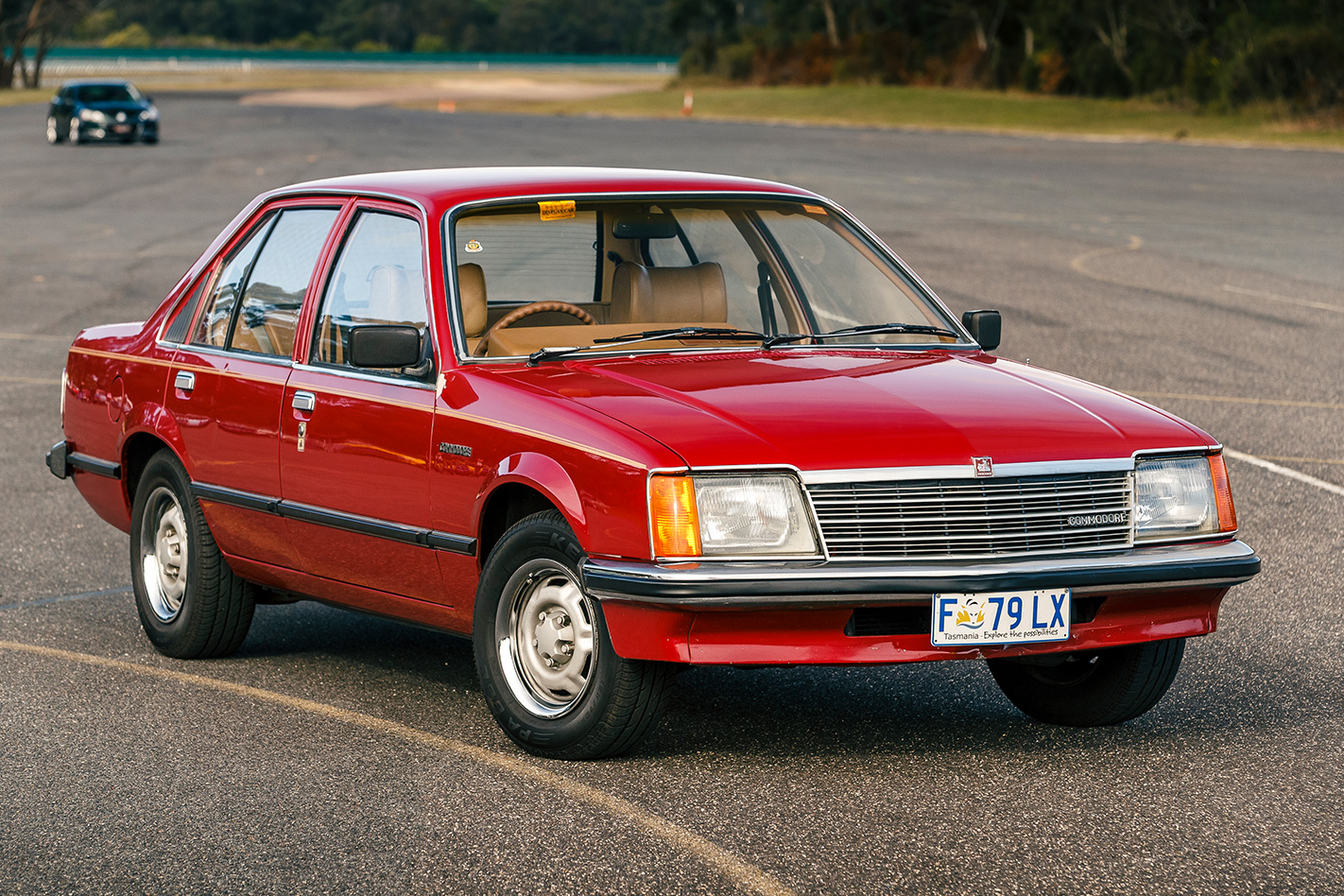
Commodore numero uno marked Holden’s first serious shift in direction. The VB introduced a significantly downsized, heavily European design that still packed the toughness (and large-capacity engines) that Aussie buyers craved, while being housed in a sleek, handsome, incredibly modern body that no longer reflected a Detroit-inspired design aesthetic.
Things began well for the VB. Launched in October ’78, it initially sold up a storm and Peter Brock’s Repco Round-Australia rally win in 1979 proved that this German with a thick Aussie accent wasn’t just brilliant on blacktop. A VB Commodore SL/E 5.0 won a Wheels comparison test against a Mercedes-Benz 280E, Rover 3500, and Volvo 264 – the Benz costing more than three times the SL/E’s price – while bread-and-butter VBs made the domestic opposition feel flabby and/or dated, Holden’s own UC Torana and HZ Kingswood/Premier included.
Melding the long-nosed front of Opel’s six-cylinder Senator with the Opel Rekord’s four-cylinder rear – garnished with Holden alloy wheels on the SL/E, and locally styled grilles on all variants – created a more handsome car than any of its European cousins.
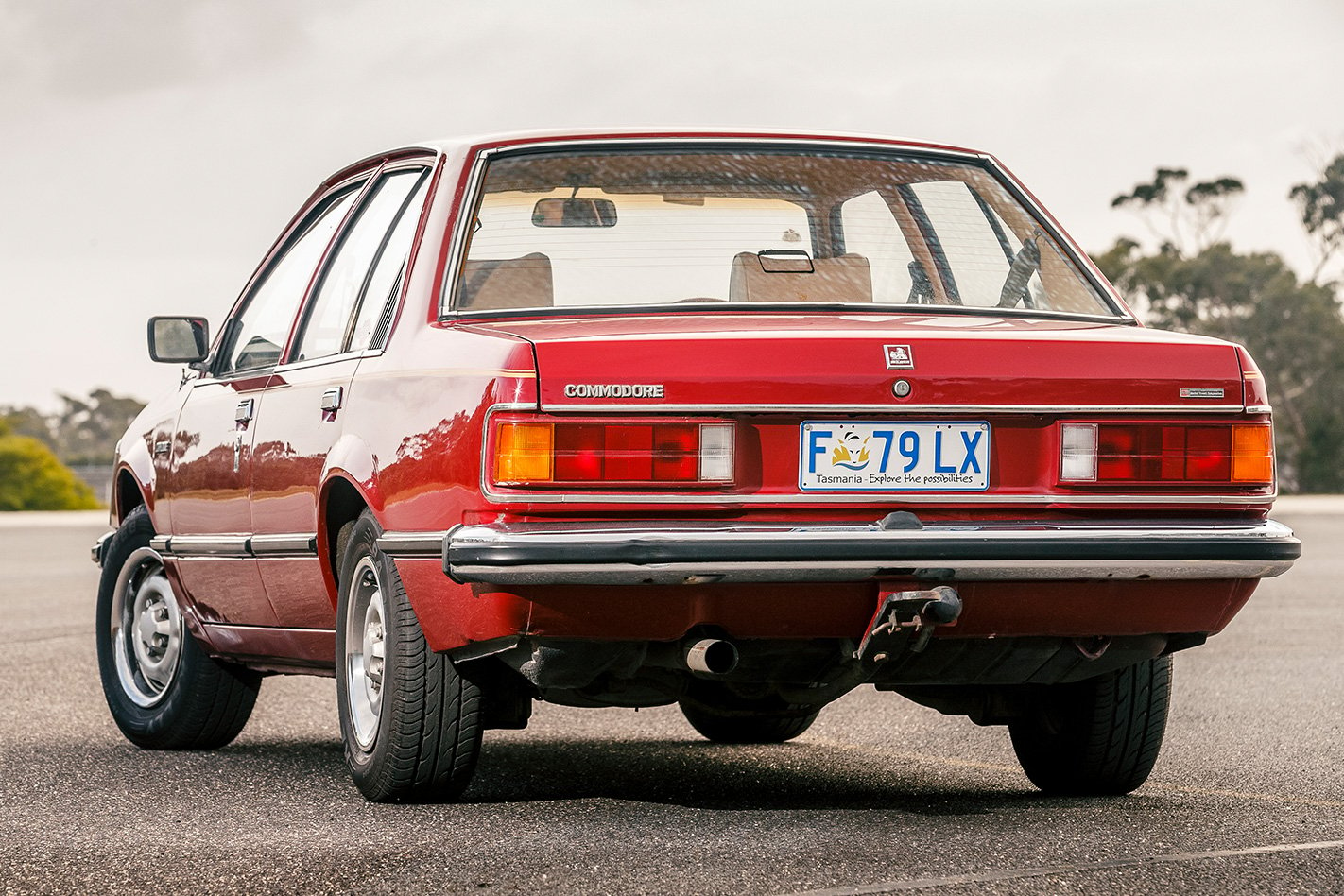
Thing was, Holden spent $110 million re-engineering GM’s V-car sedan and wagon for harsh Aussie conditions, leaving nothing for the development of fresh powertrains to take advantage of the new car’s leaner body. Ford spent less than that ($100 million) developing its entire ’79 XD Falcon line-up – commercials, and Fairlane/LTD included!
Strengthening measures included a full-width panel behind the rear seat, lateral reinforcements for the strut towers, stronger front anti-roll-bar mounts, a reinforced rear engine mount and a rear stone guard, creating an impressively robust car (despite many build-quality issues).
But only with the insertion of Nissan’s excellent fuel-injected (and, later, turbocharged) RB30 six of 1986, did the first-gen Commodore, in VL form, receive the engines it truly deserved.
2. VE Commodore
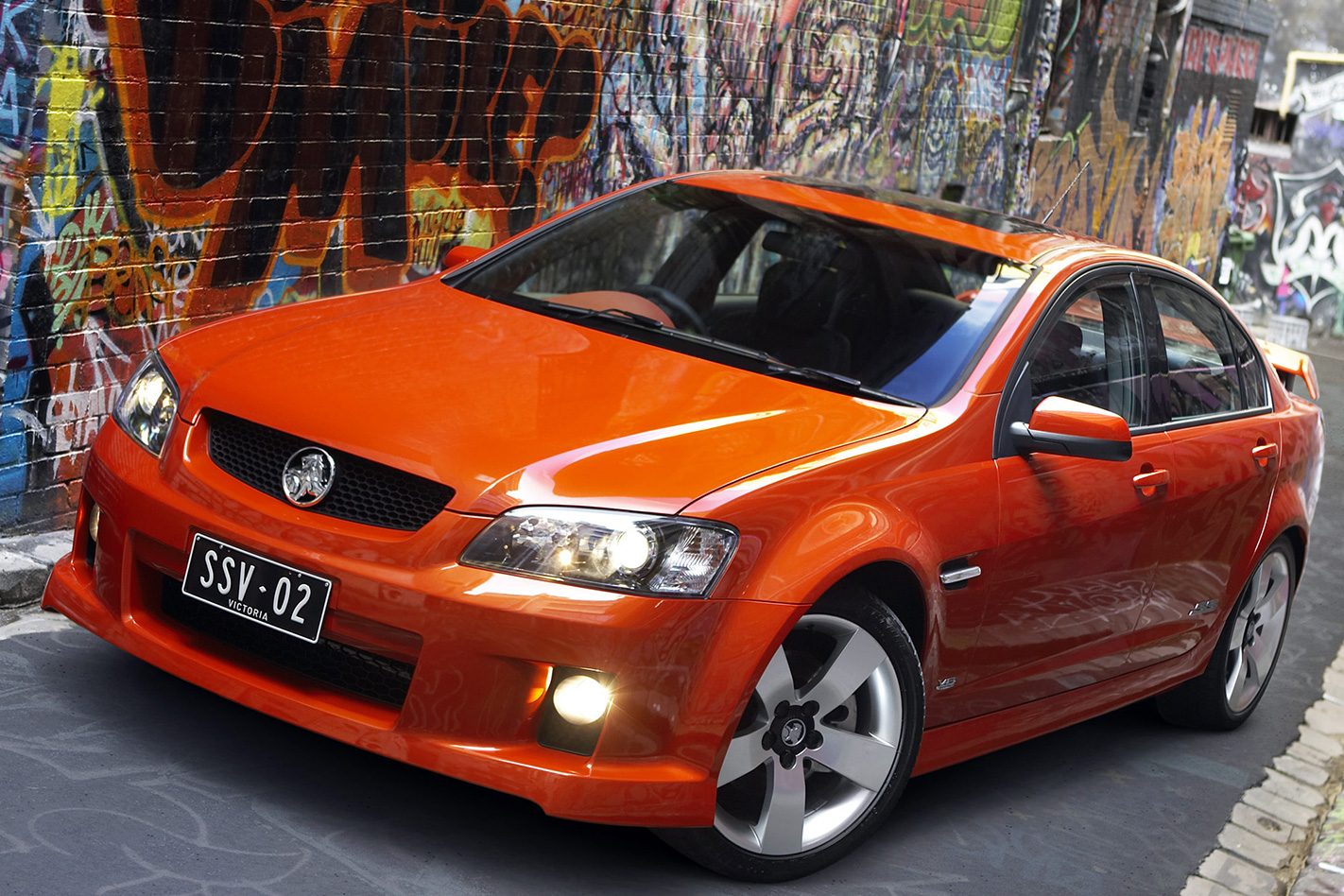
Not only the longest running model in Holden’s 69-year history but also one of its finest achievements, laying down the foundation for an entire line-up of global GM models born from the VE’s Zeta architecture.
As we now know, that latter part never came to fruition, shot down by GM’s bankruptcy in 2009, but the VE’s overall contribution to Holden’s trophy cabinet can’t be ignored. Heck, this baby cost a billion Aussie dollars to develop (if you include its long-wheelbase WM Statesman/Caprice relative) so you’d expect excellence, and in most ways that’s what the VE delivered.
In fact, there are still areas where the VE – and its updated VF successor – still set the benchmark. Five-seat space, body strength, dynamic cohesion, the country-road ride of non-sporting versions, but most of all, style. The timelessly handsome sedan has inspired numerous global designs (chiefly the Jaguar XE), and even nearly a decade on, the virtually unchanged Sportwagon still looks fresh. So does the Ute. Much like its similarly voluminous 1971 HQ ancestor, a cared-for VE and all its relatives are destined to look great for years to come.
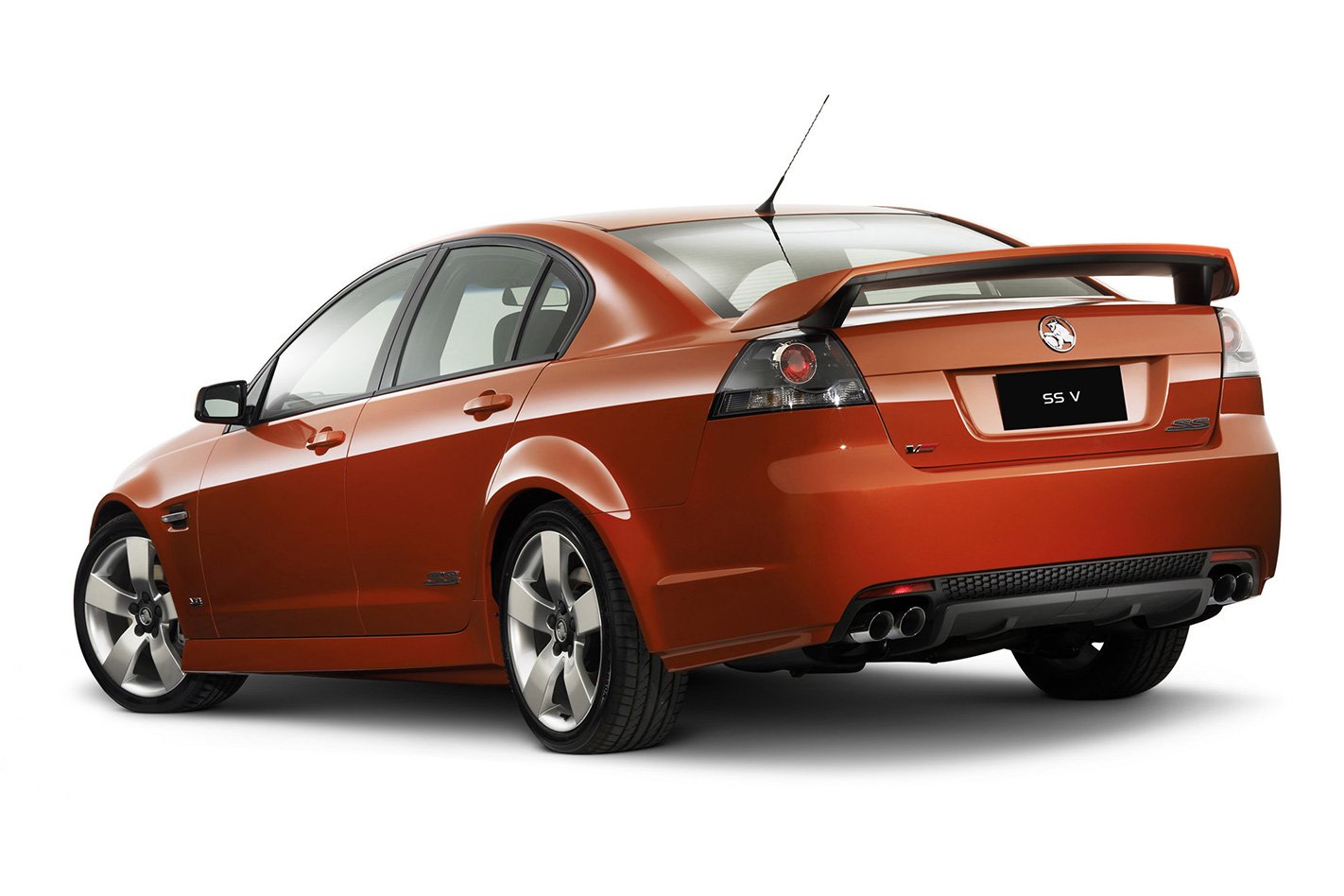
What can’t be ignored, though, is what could’ve been. The stunning 2008 Coupe 60 concept, begging to become a new-generation Monaro, just didn’t have the business case to support its huge emotional pull. Neither did the Pontiac G8 export program of HSV-engined SS sedans Stateside, killed by GM’s execution of its 80-year-old affordable-sports marque during hard times. And the current export program of barely a few thousand Chevrolet SS sedans per year was hardly enough to keep our home-grown rear-driver afloat.
Sadly for the VE, and its superbly re-engineered VF successor, going out on a high note is the best it could hope for. Unlike so many predecessors – VZ, VT, VN, VL, even VB, and not to mention models from decades earlier – the VE/VF need few excuses to be made for the fact they costs peanuts compared to similarly sized imported models.
Right to its dying days, the SS-V Redline remains the world’s best-value sports sedan.
1. 48-215 Holden
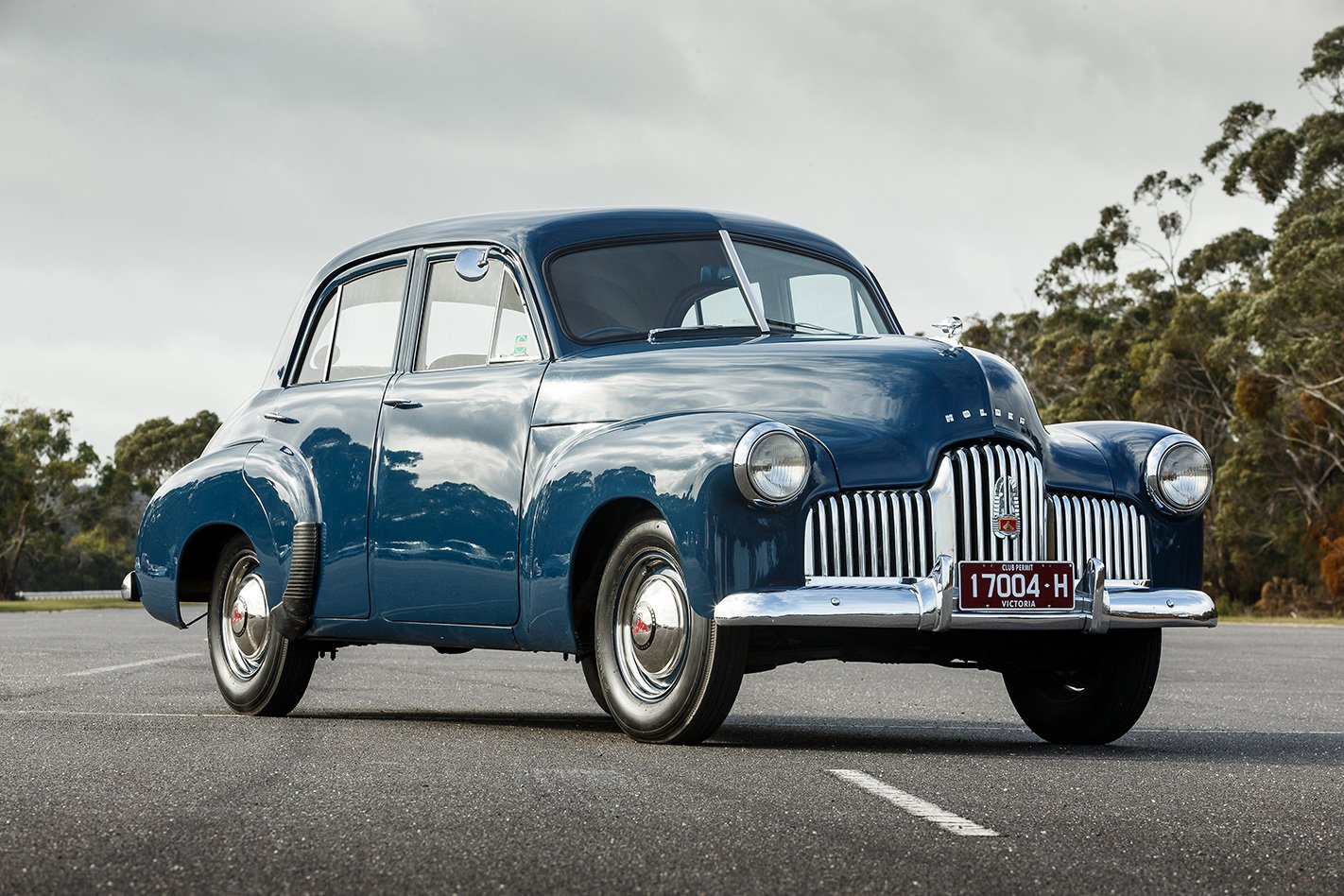
Twenty-two years after the formation of General Motors-Holden, and following more than a decade of lobbying by GM’s Australian arm to design and develop its own car, that vehicle finally arrived on 29 November 1948. The moment Prime Minister Ben Chifley unveiled the 48-215 Holden in Fishermans Bend, our automotive landscape changed forever.
Watched by millions in newsreel theatres all over the country (TV was still eight years away…), the PM’s immortal line “she’s a beauty” almost certainly undersold just how good the 48-215 looked for its time. Beautiful it wasn’t, but the practically proportioned ‘humpy’ Holden was arguably the most advanced mainstream family sedan in the world in 1948.
Featuring a strong-yet-light monocoque construction (pioneered in the GM world by Opel in 1935), a roomy six-seater body with enough headroom for passengers to wear hats, and sufficient ground clearance to tackle Australia’s mostly dirt-road network, the original Holden ticked just about every packaging box. But it was the combination of its one-tonne litheness, a torquey 2.15-litre straight-six, impressive fuel economy, and all-weather driveability that sealed its unburstable reputation.
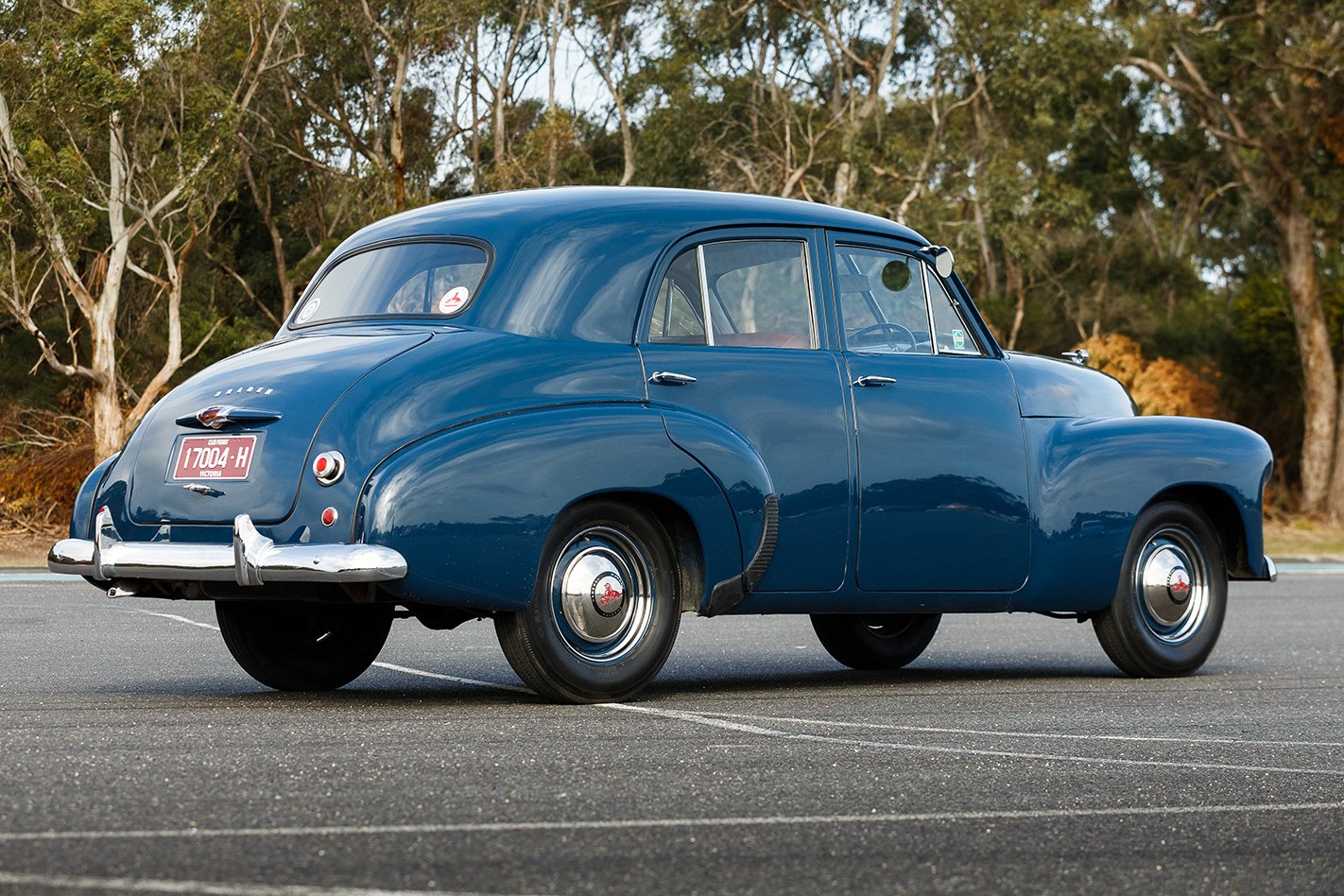
Back in the days before anyone knew what a freeway was, the first Holden’s top-gear flexibility was legendary, as was its ability to tow stuff. The ‘Holden’ left many wheezing, over-heating “Pommy s__tboxes” in its wake as it carved a new path for Australian automotive travel. It would even top 85mph (137km/h) if you were brave enough.
That was all providing you could get one, of course. Demand for the new Holden was so great that waiting lists stretched to a year, for years. A utility version followed in 1951, by which time Holden was building 100 units a day. Then, in 1953, Holden built on the original’s reputation with its iconic, toothy-grilled FJ facelift.
Back then, ‘Australia’s Own’ didn’t just mean ‘born here’. It actually meant ‘better’.

